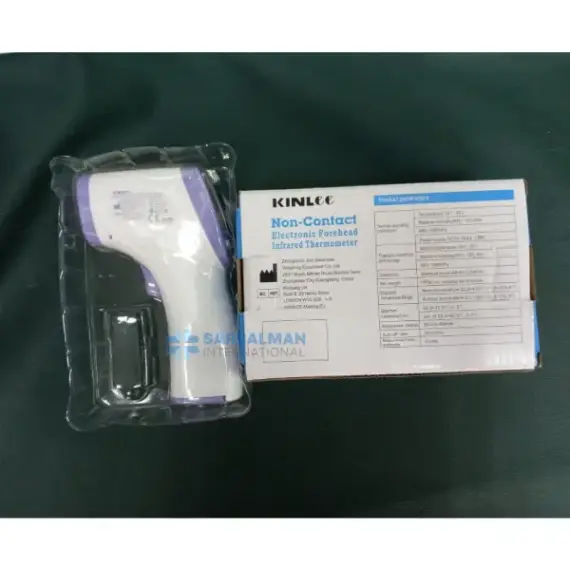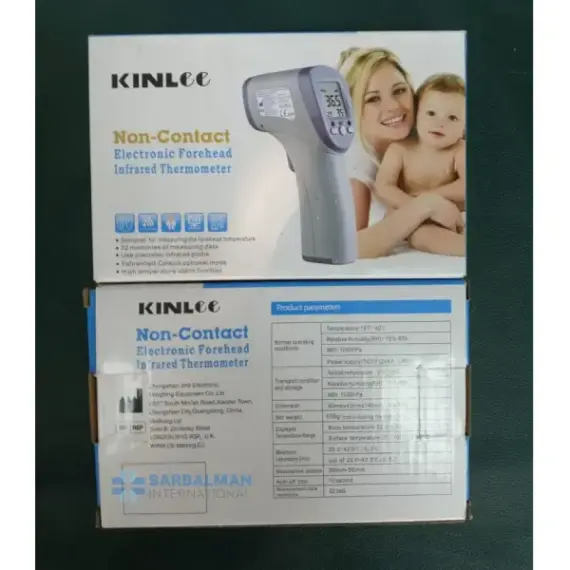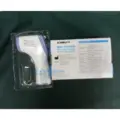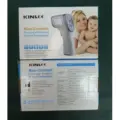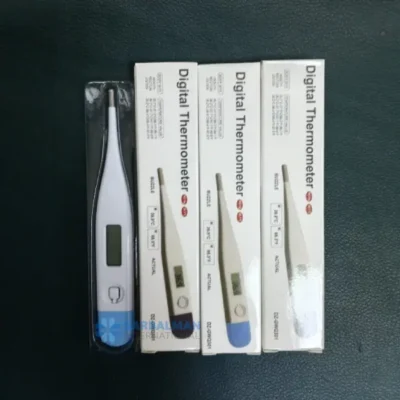Infrared Non Contact Thermometer
Free!
An infrared non-contact thermometer reads forehead temperature without touching the skin, giving a fast, hygienic fever check. Bright display, fever alarm, and memory make it easy for clinicians and caregivers to track changes over time. It’s ideal for hospitals, clinics, schools, and home monitoring where comfort and throughput matter. Choose it to reduce cross-contamination, standardize screening, and capture reliable readings in seconds.
Description
An infrared non-contact thermometer measures body temperature from the forehead without touching the skin. It detects infrared energy emitted by the surface and converts it to a temperature reading, helping caregivers check fever quickly while minimizing cross-contamination. The device suits hospitals, clinics, schools, and home monitoring because it’s fast, hygienic, and simple to use—even with sleeping infants or in triage lines.
Key features and benefits:
• Touch-free measurement for improved infection control and patient comfort
• One-second readings with large, backlit display for clear results in low light
• Forehead “body” mode and optional “surface/object” mode for bottles, baths, or room checks
• Fever alert with adjustable threshold to standardize screening
• Memory recall to track temperature trends over time
• Auto hold, auto power-off, and battery status indicator to reduce user error
• Smooth, wipe-clean housing designed for routine disinfection
Common use cases:
• Clinical triage and ward rounds where speed and hygiene matter
• Pediatrics and neonatal care for gentle, non-disturbing checks
• Community screening programs, workplaces, and schools
• Home monitoring for recovery, chronic care, or post-procedure follow-up
How it compares:
• Versus oral or rectal thermometers, non-contact devices reduce disposables and cross-contamination risk while improving throughput.
• Versus tympanic models, there’s no need for probe covers and positioning is simpler for uncooperative patients.
• For highest accuracy in critical care, confirm suspicious results with a core or contact reference method per clinical policy.
Quality and compliance notes:
• Choose models with clear calibration guidance and documented clinical accuracy for human forehead use.
• Look for devices tested to recognized medical-electrical safety and thermometer performance standards applicable in your region (for example, IEC/ISO and ASTM standards).
• Train staff on proper distance, target area, and ambient-temperature acclimatization to avoid false readings.
A reliable infrared non-contact thermometer brings speed, hygiene, and consistency to everyday fever screening—helping teams make clear decisions with minimal disruption to patients.

